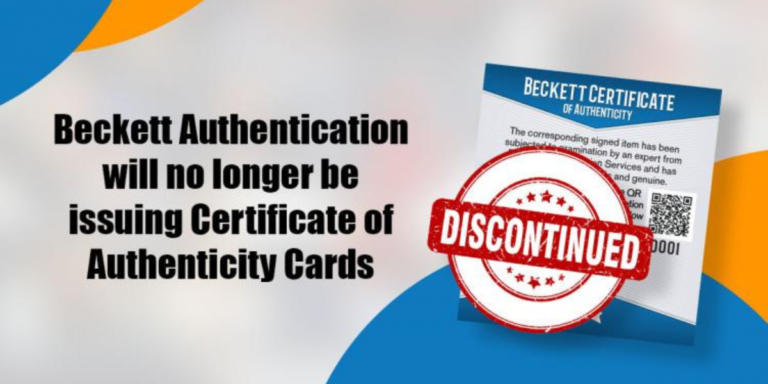Cost Less Ad: Effective Strategies to Maximize ROI
In today’s competitive market, businesses are constantly searching for effective ways to promote their products and services without breaking the bank. “Cost less ad” strategies focus on maximizing return on investment (ROI) while minimizing expenses. This approach involves leveraging affordable advertising channels, optimizing campaigns for better performance, and utilizing innovative techniques to reach the target audience efficiently. Here’s a comprehensive guide to cost-effective advertising.
1. Leverage Social Media
Social media platforms like Facebook, Instagram, Twitter, and LinkedIn offer affordable advertising options. These platforms allow businesses to target specific demographics, ensuring that ads reach potential customers who are more likely to convert.Cost less ad organic reach can also be enhanced through engaging content and interactions with followers, further reducing advertising costs.
- Targeted Ads: Use precise targeting options to reach specific audiences based on location, interests, behavior, and demographics.
- Content Strategy: Develop a content calendar with a mix of promotional and value-driven posts to maintain engagement without constantly spending on ads.
2. Utilize Google Ads with a Focus on Long-Tail Keywords
Google Ads can be cost-effective if campaigns are optimized correctly. Long-tail keywords, which are longer and more specific keyword phrases, often have lower competition and cost-per-click (CPC) rates.
- Keyword Research: Use tools like Google Keyword Planner to identify long-tail keywords relevant to your business.
- Ad Copy Optimization: Write compelling ad copies that attract clicks and conversions. A/B test different versions to find the most effective one.
- Geotargeting: Limit your ads to specific geographic locations to avoid wasting budget on irrelevant traffic.
3. Embrace Content Marketing
Content marketing involves creating and distributing valuable, relevant content to attract and engage a target audience. This strategy can be highly cost-effective and yield long-term benefits.
- Blogging: Regularly update your blog with informative and SEO-friendly articles that address your audience’s pain points.
- Guest Posting: Write guest posts for reputable websites in your industry to expand your reach and build backlinks.
- Infographics and Videos: Create visually appealing content to share on social media and your website, which can drive traffic and improve SEO.
4. Email Marketing
Email marketing remains one of the most cost-effective ways to reach customers. It allows businesses to communicate directly with their audience, promoting products, services, and special offers.
- Build a Quality List: Focus on growing an email list with engaged subscribers who have opted in to receive communications.
- Personalization: Use personalization techniques to tailor messages to individual preferences, increasing open and click-through rates.
- Automation: Set up automated email campaigns for onboarding, follow-ups, and re-engagement to save time and resources.
5. Influencer Partnerships
Partnering with influencers can be a cost-effective way to reach a larger audience. Micro-influencers, in particular, often charge lower fees and have highly engaged followers.
- Identify Relevant Influencers: Choose influencers whose followers match your target audience.
- Negotiate Collaborations: Work out mutually beneficial agreements, such as product exchanges or commission-based partnerships.
- Track Performance: Monitor the results of influencer campaigns to ensure they are driving the desired outcomes.
6. SEO and Local SEO
Search Engine Optimization (SEO) can drive organic traffic to your website without the ongoing costs associated with paid advertising. Local SEO focuses on optimizing your online presence for local searches, which is crucial for businesses with physical locations.
- On-Page SEO: Optimize your website’s content, meta tags, and URLs to rank higher in search engine results.
- Local Listings: Ensure your business is listed on Google My Business and other local directories.
- Reviews and Ratings: Encourage satisfied customers to leave positive reviews, as they can influence local search rankings.
7. Affiliate Marketing
Affiliate marketing allows businesses to pay for performance, making it a cost-effective strategy.Cost less ad affiliates promote your products or services, and you only pay them a commission on sales they generate.
- Recruit Affiliates: Partner with individuals or companies that have an audience likely to be interested in your offerings.
- Track Performance: Use tracking software to monitor affiliate sales and ensure accurate commission payouts.
- Provide Resources: Supply affiliates with marketing materials, such as banners and links, to facilitate their promotional efforts.
Conclusion
Implementing cost-effective advertising strategies requires a combination of creativity, data analysis, and strategic planning. By leveraging social media, optimizing Google Ads, embracing content marketing, utilizing email campaigns, partnering with influencers, focusing on SEO, and adopting affiliate marketing, businesses can achieve significant results without a substantial financial investment. The key to success lies in continuous monitoring and optimization to ensure that every dollar spent yields the highest possible return.







